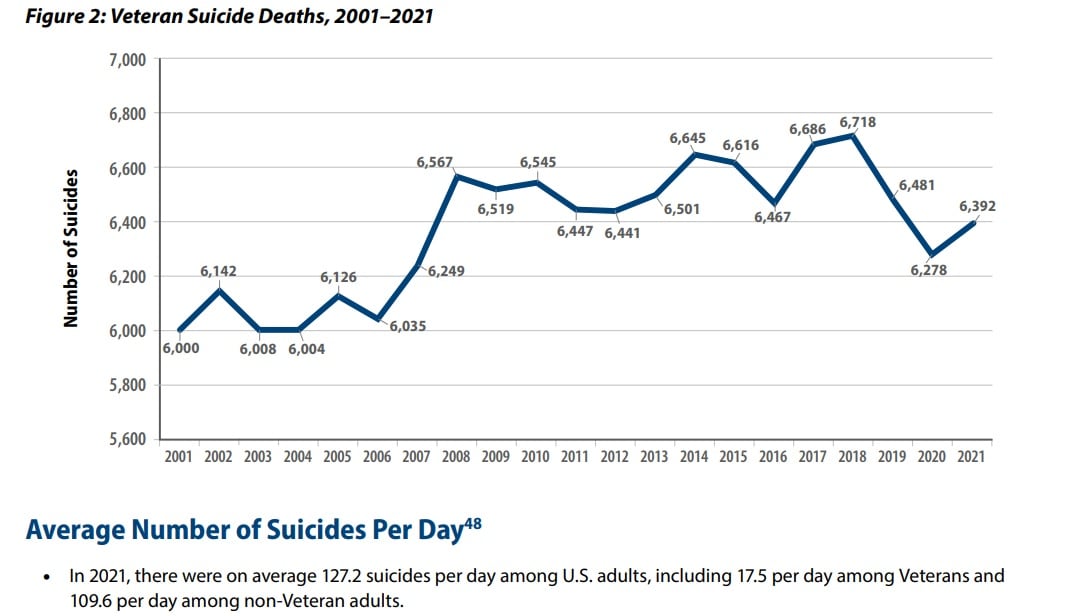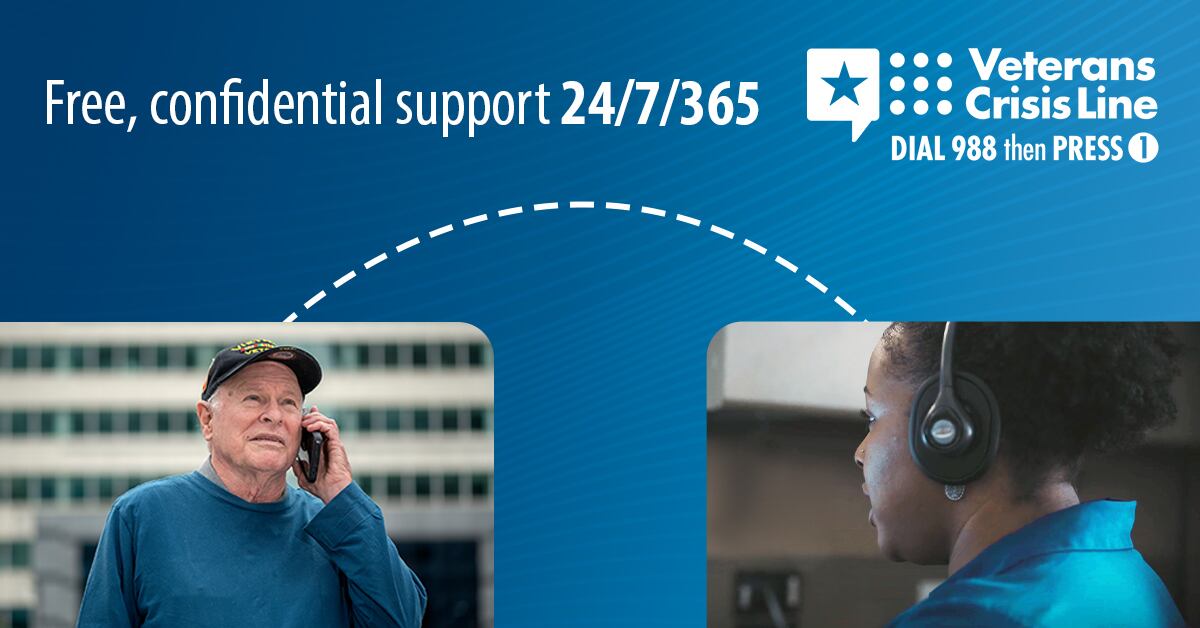Low-income military families are now a step closer to getting a new allowance that will help them make ends meet and address food insecurity. But under the Defense Department’s guidelines, it’s not clear whether the Basic Needs Allowance will help as many families as advocates and lawmakers had hoped.
The Department of the Air Force has run the numbers to see how many airmen and guardians would be eligible for the extra money and determined that the answer is just 36.
The Basic Needs Allowance, a safety net for military families in need, was mandated in the defense policy bill enacted in December 2021. Defense officials recently issued their guidance for implementing the new benefit, which can be paid beginning Jan. 1.
Officials in the military branches, including the Coast Guard, are developing their policies based on the Defense Department instruction. They will proactively screen service members for possible eligibility and will then notify them, with information about how to apply. Service members must voluntarily apply for the extra money.
Service leaders are in various stages of developing their policies for implementation, and some have started screening, according to service officials.
The Army Training and Doctrine Command, for example, has begun screening soldiers attending Advanced Individual Training. Soldiers already assigned to their permanent duty stations will be screened after Army guidance is approved, said Army spokeswoman Heather J. Hagan.
The Air Force has completed initial screening of airmen and guardians and identified 36 service members who may be eligible, according to spokeswoman Tech Sgt. Deana M. Heitzman. These airmen and guardians will be notified starting this month, she said. They must apply and provide required documentation to substantiate household income to determine eligibility.
The Air Force will continue to screen every month for airmen and guardians who may be eligible for the allowance. “We anticipate that eligible service members will include junior enlisted members with larger families,” she said. The Air Force’s draft implementation policy is “pre-decisional” and not available for public release, she said.
Will housing allowances count as income?
A main point of contention around the Basic Needs Allowance has been whether service members’ housing allowances would be excluded from income eligibility calculations. Defense officials have agreed to exclude the housing allowance for some service members in the total income calculations — but only in high cost-of-living areas as determined by defense officials.
Advocates have long urged that the housing allowance be excluded from eligibility calculations so more families would be eligible, but lawmakers left that decision up to the Defense Department.
Based on how the Defense Department determines the high cost areas where service members are eligible for the stateside cost-of-living allowance, known as the CONUS COLA, it appears few service members would be able to exclude their housing allowance, which would therefore bump up their income and make them ineligible.
For the CONUS COLA, a high cost-of-living area is defined as any geographical area where the cost of living exceeds the average cost of living in the continental U.S. by 8% or more in a fiscal year.
In 2022, DoD has designated 26 high-cost areas for the CONUS COLA. The eligible military housing areas are San Francisco; Boulder, Colorado; New York City; and Long Island and Staten Island, New York. The other 21 areas, counties in Oregon, Virginia and West Virginia, have few service members.
There are similarities in the definition of high cost in the authorization for both allowances, but information was not available about whether the same criteria will be used for the Basic Needs Allowance. A Defense Department spokesman said there are still some decisions and approvals about this that are pending.
“Congress gave DoD pretty broad latitude to determine where and how much BAH would be excluded in determining eligibility for the Basic Needs Allowance.,” said Eileen Huck, government relations senior deputy director for the National Military Family Association.
“This is way more narrow than what we were hoping for,” she said. “We’ve spent the last year encouraging DoD to make that exclusion as broad as possible, especially given the fact that with current rates of inflation, you could argue that just about every place in the United States right now is a high cost of living area.
“I would be really concerned if [the DoD instruction] is interpreted in a way that virtually no military family would be able to qualify for it. It’s really disappointing.”
RELATED

One concern is what happens to families who make a permanent change of station move, especially from a designated high-cost area to one that is not, said Shannon Razsadin, president of the Military Family Advisory Network. The nonprofit has conducted research on issues affecting military families and has hosted free food distribution events for military and veteran families to help fight hunger.
“We know it’s during the moves, the transition points, when families tend to struggle and find themselves at risk for food insecurity,” she said. “While we’re encouraged there’s movement here, we have questions. We look forward to seeing how this will play out for the families who really need it.
“How can we make it easier for families to access the support they need? Families are having a hard time right now. The economy is not helping with that for sure,” she said.
“I’m hopeful this will roll out in a meaningful way.”
Eligibility criteria
Those eligible for the Basic Need Allowance beginning Jan. 1 are active duty service members with dependents whose gross household income and household size put them below 130% of the federal poverty guidelines for their geographical location. Those guidelines are set by the Department of Health and Human Services. Service members must have at least completed initial entry training.
The household in the DoD instruction is defined as the active duty member and any dependents of that member who are enrolled in the Defense Enrollment Eligibility Reporting System, regardless of those dependents’ location. That means that a service member whose dependents aren’t currently living in the same location, perhaps on an unaccompanied tour or in a case where the family has decided to stay behind in the previous location for various reasons, could still be eligible.
Here’s an example, provided by DoD, of the calculation of a hypothetical service member’s Basic Needs Allowance. The service member is stationed in Ohio:
| BASIC NEEDS ALLOWANCE, EXAMPLE |
|---|
| Household size: 5 Gross annual household income: $39,947 Applicable federal poverty guideline: $32,470 |
| $32,470 X 1.3 (130% of federal poverty guideline) = $42,211 |
| $42,211 - $39,947 = $2,264 |
| $2,264 divided by 12 months = $189 per month in Basic Needs Allowance |
| Source: Defense Department |
More details
♦ The gross household income, used to determine eligibility for the stipend, includes all income, from any source, for each member of the household, including government food assistance programs, unless otherwise stipulated.
♦ Gross income excludes: earned income of a dependent who isn’t required to file a tax return; non-taxable grants and scholarships for postsecondary students; federal and state reimbursements for expenses such as utilities, medical care or dependent care if they don’t exceed actual expenses; all military travel and transportation allowances and entitlements; income tax refunds and insurance settlements.
As noted above, it excludes housing allowances in high-cost areas designated by DoD officials.
♦ The federal poverty guidelines are based on three geographic locations: the 48 contiguous states and the District of Columbia; Hawaii and Alaska. If a service member moves from one of these general locations to another, the Basic Needs Allowance must be recalculated.
♦ If the service member is assigned outside the United States, service officials will make the eligibility and payment calculations using the federal poverty guidelines for the 48 contiguous states and the District of Columbia.
♦ The monthly Basic Needs Allowance is effective the date the service member’s application is certified as being eligible by the military branch, including the Coast Guard. Service officials must have procedures in place to determine eligibility and the amount of the allowance, within 30 calendar days after receiving an application.
♦ Service officials must ensure the eligible service member will be paid the monthly Basic Needs Allowance within 30 calendar days after the application is certified.
♦ Implementation will take time, and it’s unclear whether there will be any provisions for retroactive payments if processes aren’t in place to certify applications before Jan. 1. In the meantime, service members who think they may be eligible for the Basic Needs Allowance can start collecting substantiating documents to submit with their application. Those include tax returns, leave and earnings statements (LES), civilian pay stubs, W-2s, and any other documents that can be used to verify the gross household income.
♦ The Basic Needs Allowance is taxable.
♦ Receipt of the Basic Needs Allowance may affect a family’s eligibility for certain federal assistance programs, such as subsidized school lunch programs; the Women, Infant and Children Program (WIC); Family Subsistence Supplemental Allowance; low-income utility assistance programs; day care programs; and other income based assistance programs.
♦ Service members can get help in the application process from DoD financial counselors, pay administrations, personnel services, and community or family support services, but those entities can’t grant final certification for allowance. Eligibility and estimation of payments isn’t binding or final until certified by the secretary of the military department concerned, according to the DoD instruction.
♦ Service officials are required to develop a procedure for service members to apply for this Basic Needs Allowance if they believe they may be eligible, but haven’t been notified after a screening.
♦ Service members receiving Basic Needs Allowance must report any changes in income or household size to the designated certifying official.
♦ Each year, service members receiving the Basic Needs Allowance must submit an updated, signed application, along with substantiating documents.
Karen has covered military families, quality of life and consumer issues for Military Times for more than 30 years, and is co-author of a chapter on media coverage of military families in the book "A Battle Plan for Supporting Military Families." She previously worked for newspapers in Guam, Norfolk, Jacksonville, Fla., and Athens, Ga.










